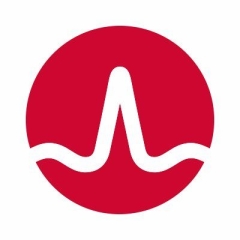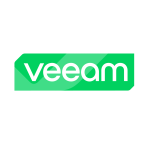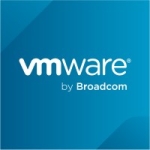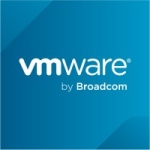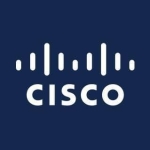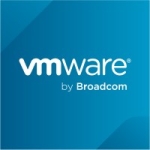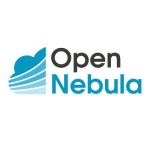What is our primary use case?
We use it to run virtual machines where we host our applications, web servers, machine servers, and even database servers, then we have segregation where we even have used it both for tests, and on production virtual machines.
How has it helped my organization?
We can easily take backups by integrating with other third-party tools, we are able to take backups and restore them very easily. We can spin up virtual machines almost at the speed of thought.
What is most valuable?
One of the main features is it's very easy to use.
It's very intuitive. You go on the web browser and when you log onto the application interface, you can easily see almost anything you need to.
The homepage dashboard shows you your CPU, the memory, and your network utilization, just at a glance. Even when you go to individual virtual machines, you're able to see the same report at a glance, I think that's very helpful.
You can also have templates that have all the necessary audit compliance, probably at the direct patch level, and then deploy whenever you need it. I think it's a very powerful tool that a business needs for its everyday running.
For how long have I used the solution?
We have been using VMware for more than seven years.
What do I think about the stability of the solution?
It is very stable - we always want to watch for stability and, in most cases, we have found that whenever there are vulnerabilities that have been identified they either come up with a workaround or a solution within a short time.
What do I think about the scalability of the solution?
Today we still use virtual machines, but it helps us to scale for when we are ready to move towards consumerized applications.
It's flexible so you can add more hosts; of course, this is subject to licensing.
How are customer service and support?
Customer support is very helpful, very responsive, and most times, very knowledgeable. If the support doesn't know something, sometimes they will tell you that they'll get back to you, which is awesome because they usually do.
How would you rate customer service and support?
Which solution did I use previously and why did I switch?
We switched to VMware because it's easier to manage and easier to run and scale with virtual machines.
How was the initial setup?
The initial setup was fast. I downloaded the standard version from a virtual environment. I had a workstation on my laptop and that was where I tried it out. Ease of setup is awesome. In the production environment, as long as you adhere to the minimum hardware requirement, you won't have an issue.
What about the implementation team?
It was implemented in-house, by a team of four, in conjunction with local support.
What's my experience with pricing, setup cost, and licensing?
The only thing is, we're on Essentials Plus. There are some things we want to do that that particular version of the license will not allow, so we would need to upgrade to a higher one.
Which other solutions did I evaluate?
We had looked at other OEMs and partner OEMs, but none had as good reviews as this solution.
What other advice do I have?
For the initial set up, you have to meet the minimum hardware requirement to avoid issues.
I would advise others to start using this because they will not regret it. I would rate this solution and eight out of ten.
Which deployment model are you using for this solution?
On-premises
Disclosure: My company does not have a business relationship with this vendor other than being a customer.

